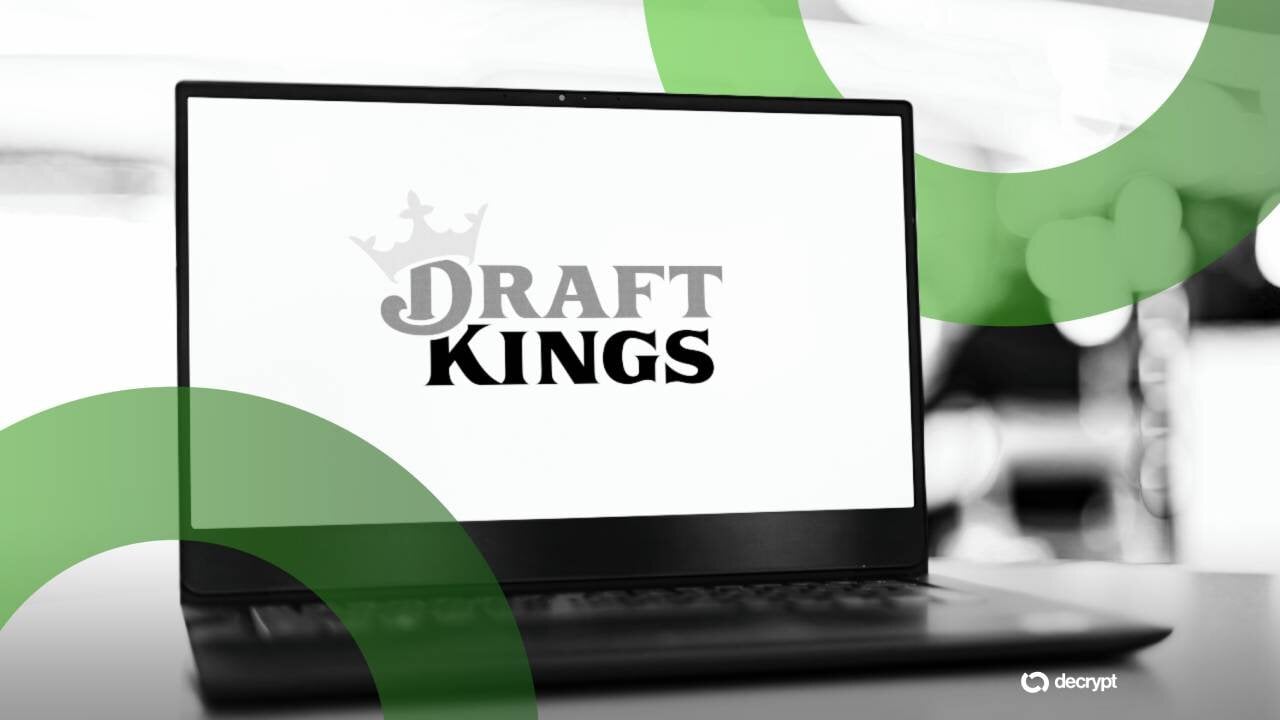RBA Governor: The RBA is studying how its settlement infrastructure can adapt to new digital currencies
PANews reported on October 24th that, according to Bloomberg, Reserve Bank of Australia Governor Michele Bullock emphasized four key areas for policymakers, government, and industry to modernize the nation's payment system, emphasizing security. She argued that innovation and resilience should mutually reinforce each other, and the RBA and others are collaborating with various parties to benefit the public. The first priority is upgrading inter-account payment infrastructure, starting with the large-value electronic clearing system. While reliable and low-cost, this system lacks modern features like 24/7 real-time processing, which a "new payment platform" could address. A roundtable meeting, including the RBA and others, plans to develop a vision for an alternative solution by the end of this year and an implementation plan by mid-2026, balancing costs, legacy, and user priorities. Second, strengthening cross-border payments to make international transfers more efficient and transparent. Third, combating fraud requires continuous innovation, including migrating card systems to advanced encryption standards to address quantum computing. Finally, strengthening operational resilience is crucial. The RBA is examining how inter-system connectivity can exacerbate failures and how its own settlement infrastructure might need to adapt to new digital currencies, including central bank digital currencies. In addition, the central bank will ensure the circulation of cash, and the decline in cash usage has prompted regulators to consult on new rules.
You May Also Like

Jane Street Bets Spark Rally in Bitfarms, Cipher, and Hut 8 Shares

Ledger’s Multisig Update Draws Crypto Backlash Over Fees and Privacy Concerns
